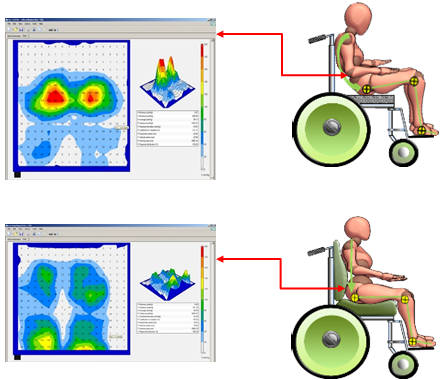Based on individual needs, occupational therapists can conduct seating assessment to review the posture and recommend suitable cushions and pressure relieving devices to help patients to improve their seating postures and reduce the risk of pressure injury. Consult your occupational therapist for more details.
